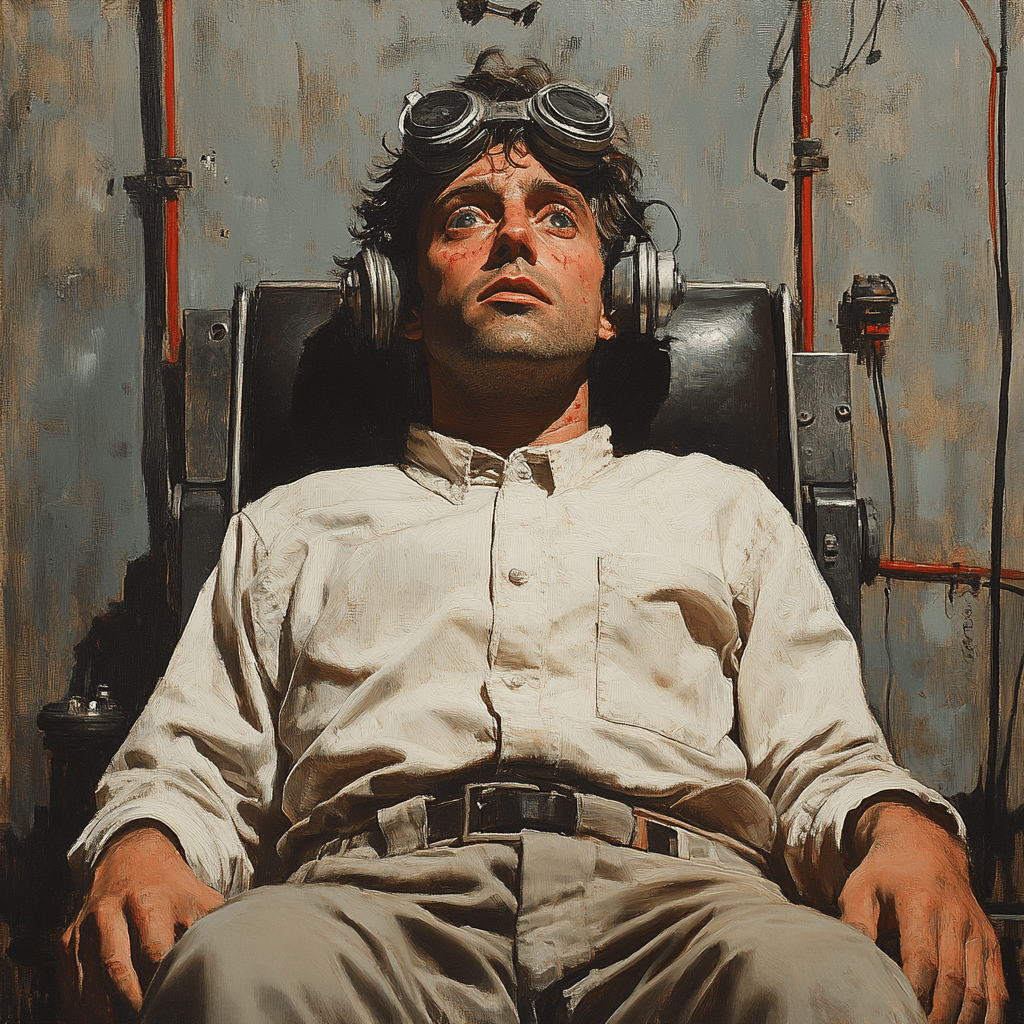Electroshock therapy, or electroconvulsive therapy (ECT), is often surrounded by a cloud of misconceptions and stigma. Many people don’t realize that this treatment can profoundly change lives. It’s a powerful tool in the mental health arsenal, especially for those facing severe conditions, and it deserves a closer look. So, let’s dive into the astonishing benefits of electroshock therapy and understand how it can offer a lifeline to those struggling with mental health issues.
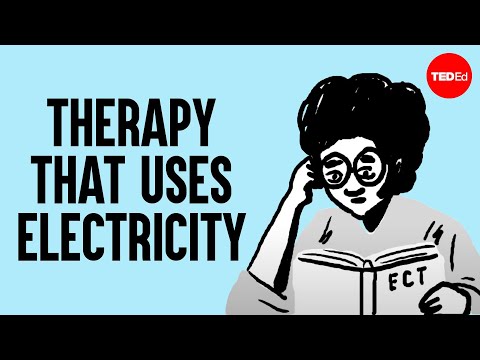
7 Astonishing Benefits of Electroconvulsive Therapy
Electroshock therapy is not just a relic of the past; it’s a modern treatment option that boasts remarkable outcomes. Here are seven standout benefits of ECT that demonstrate its potential to turn lives around.
One of the most compelling advantages of electroshock therapy is the speed at which it can combat depression. Studies published in JAMA Psychiatry reveal that 50-70% of patients experience significant improvement after just a few treatments. Imagine feeling a sense of hope return quickly after feeling trapped in darkness.
ECT isn’t just for simple cases; it’s a game-changer for those battling treatment-resistant depression and bipolar disorder. According to the American Psychiatric Association, patients who’ve seen no success with medication often find what they need in ECT. This can be life-saving, offering a second chance to reclaim joy.
This treatment isn’t just about improving mood; it can also save lives. The British Journal of Psychiatry has highlighted how ECT quickly reduces suicidal thoughts. For families, this means hope on the horizon, allowing loved ones to reconnect with life.
Modern advancements have transformed ECT into a safer option. Facilities like the Mayo Clinic are using refined techniques that reduce memory side effects compared to earlier practices. Patients can now undergo treatment with greater confidence, prioritizing both effectiveness and comfort.
Recent findings hint at a broader applicability for ECT. Research shows that it may also benefit conditions like catatonia and some forms of schizophrenia. A clinical trial revealed substantial cognitive and emotional improvements in many patients. This opens exciting new avenues for treatment strategies.
ECT can significantly shorten hospital stays for those grappling with severe mental health challenges. According to research published in Archives of General Psychiatry, patients receiving ECT are often stabilized and discharged more quickly than those who rely solely on medication. It can pave the way for quicker recovery and reintegration into daily life.
The excitement surrounding ECT doesn’t end with its direct benefits. New combinations of treatments, like hyperbaric oxygen therapy, are being explored to enhance recovery. This innovative approach has the potential to revolutionize how comprehensive mental health care is delivered.
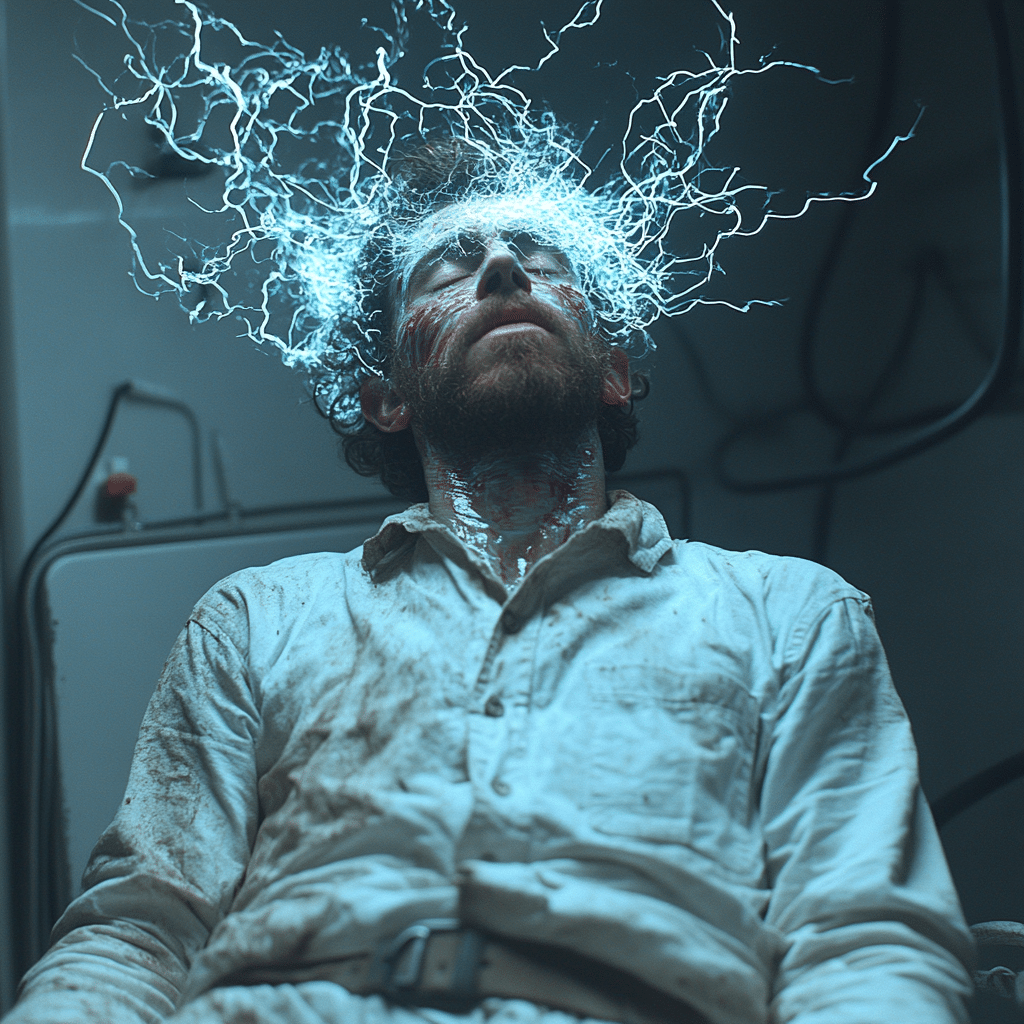
Understanding the Mechanisms: How Electroshock Therapy Works
The story of electroshock therapy has evolved tremendously. From its controversial inception in the 20th century, ECT has garnered a more respectable place in the treatment of mental health disorders. But how exactly does it work?
Electroshock therapy induces controlled seizures through carefully applied electrical currents. These electrical pulses trigger chemical changes within the brain, effectively resetting faulty neural pathways linked to severe mental illness. This helps restore balance and function.
Recent advancements in electrophysiology are further unraveling the science behind ECT. Researchers are mapping brain activity during these sessions, paving the way for tailored treatments that target specific neural circuits. This increased precision could broaden ECT’s efficacy, making it applicable to a wider array of mental health disorders beyond just depression.
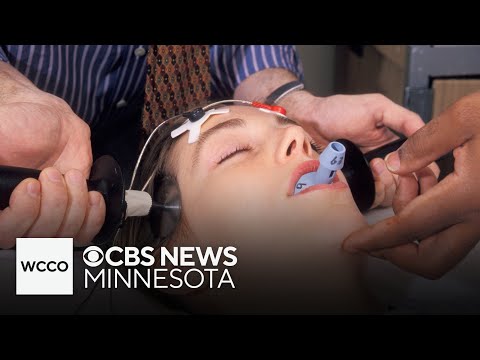
Real-Life Transformations: Inspiring Testimonials
The power of electroshock therapy shines brightest in the stories of those who’ve experienced its life-altering effects. Take Sarah Jones, a former journalist who felt buried under severe depression. After trying numerous unsuccessful treatments, Sarah opted for ECT. Within weeks, she felt a renewed sense of freedom, enabling her to return to her passion for writing.
Another inspiring story is that of Robert Thompson. He was at a critical juncture in his life, overwhelmed with suicidal ideation. Following several ECT sessions, Robert’s mental health took a dramatic turn for the better. Reconnecting with his family and rebuilding his social life became possible, illustrating the profound impact this treatment can have.
These testimonials are more than just stories; they’re proof of the hope and positivity ECT can bring. They invite those currently struggling with similar challenges to consider the possibilities that await.
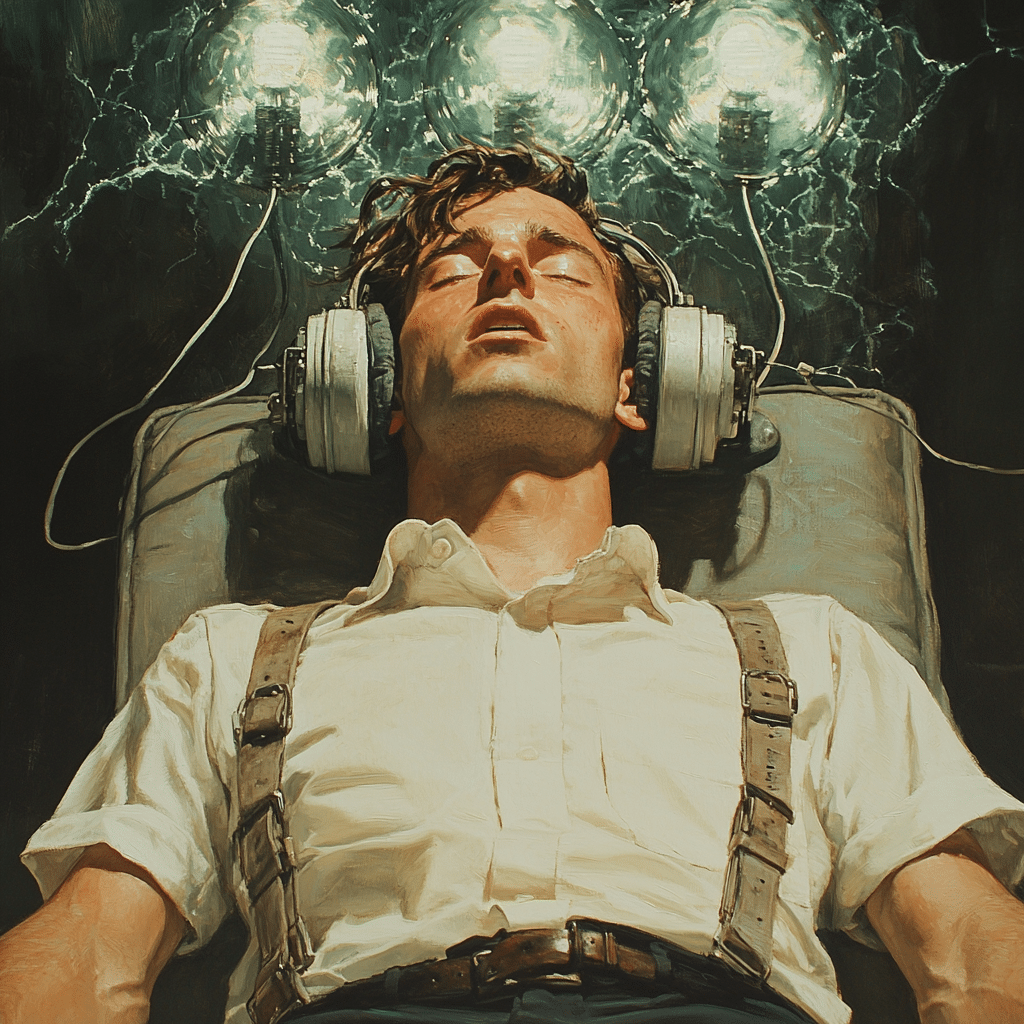
The Future of Electroconvulsive Therapy: What’s Next?
As we venture into 2024, the future of electroshock therapy looks brighter than ever. Ongoing research and technological innovations are poised to lead to even more refined protocols. This means increased efficacy and fewer side effects. Collaborative care models that blend psychological, pharmacological, and ECT approaches are emerging, paving the way for a new era in mental health treatment.
Raising public awareness is crucial for removing the stigma associated with electroshock therapy. With increased understanding and acceptance, more people may feel encouraged to explore this life-altering option. Knowledge is empowering, and it’s key in guiding individuals to seek the help they deserve.
Electroshock therapy stands at a vital crossroads—where stigma meets science. With its undeniable impact on mental health, the ongoing research promises continuous improvements in methods and outcomes. As we face the modern mental health crises head-on, these insights into the efficacy and potential of ECT can offer hope to those searching for relief from their pain.
In a world filled with challenges, electroshock therapy has emerged as a beacon of hope for countless individuals. It serves as a testament to the power of innovation and the possibility of healing. If you or someone you know is grappling with mental health issues, consider exploring this transformative treatment. It just might be the breakthrough needed to reclaim a vibrant, fulfilling life.
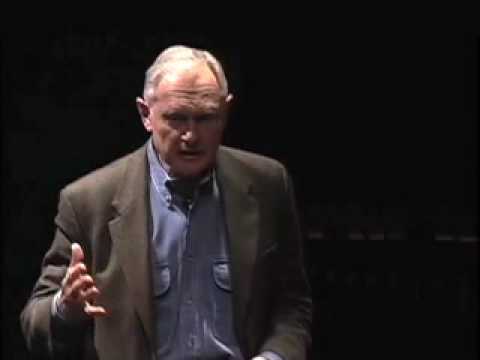
The Fascinating Journey of Electroshock Therapy
A Shocking History
Electroshock therapy, or electroconvulsive therapy (ECT), has a long and dramatic history that dates back to the 1930s. Surprisingly, it was first used on animals, and the idea was inspired by the natural electrical impulses found in the brain. Today, many people associate it with outdated Hollywood portrayals, like those often showcased in iconic films featuring characters in distress—like Cynthia Blaise, who documented her fight against mental illness. Despite the stigma, ECT is often a last-resort treatment that can have remarkable effects, especially for those battling severe depression or suicidal thoughts.
Unpacking the Impact
Interestingly, studies suggest that electroshock therapy can result in immediate improvements in mood and functionality. It’s effective in up to 80% of patients with major depressive episodes, making it a lifesaver for individuals who haven’t found relief through traditional methods. While it may sound alarming, advancements in techniques have significantly reduced side effects. Speaking of surprising yet impactful treatments, have you ever considered how lifestyle changes, like those advocated by Youngliving, can also complement mental health treatment? The idea is to create a holistic approach to well-being.
Trivia That Shocks
If you think electroshock therapy is only about sending electric currents through the skull, think again! Did you know that treatments last just a few minutes, and patients are usually under general anesthesia for their comfort? Furthermore, many successful individuals in various fields, from athletes to entrepreneurs, have sought ECT for mental health issues, much like those who’ve faced challenges like vaginal cancer. By sharing their experiences, they help to destigmatize this therapy. So, next time you hear a comment pondering the effectiveness of ECT, remember its history and real-world impact—it could change someone’s life for the better.
In conclusion, understanding electroshock therapy allows us to appreciate its role in mental health treatment. Whether reflecting on our own battles or quoting those who’ve lost loved ones—like the poignant missing My daughter Quotes—we recognize that the journey towards mental wellness is multifaceted and deeply personal. So, let’s celebrate all paths toward recovery, including the historic and sometimes misunderstood practice of electroshock therapy!
